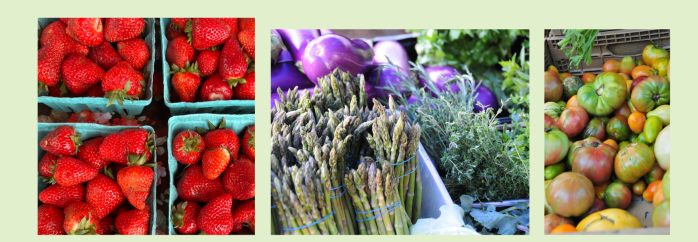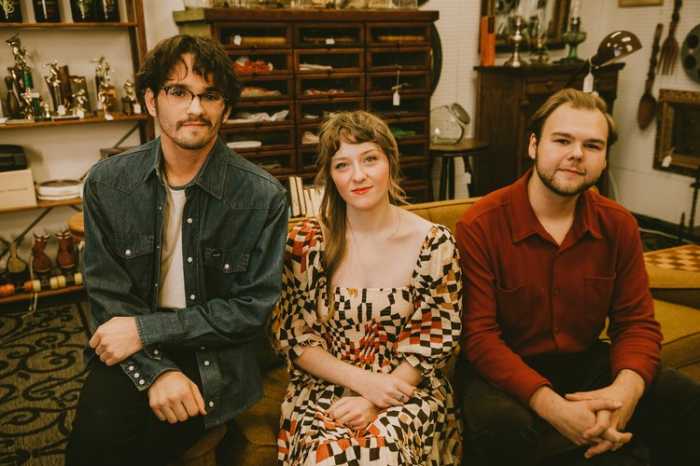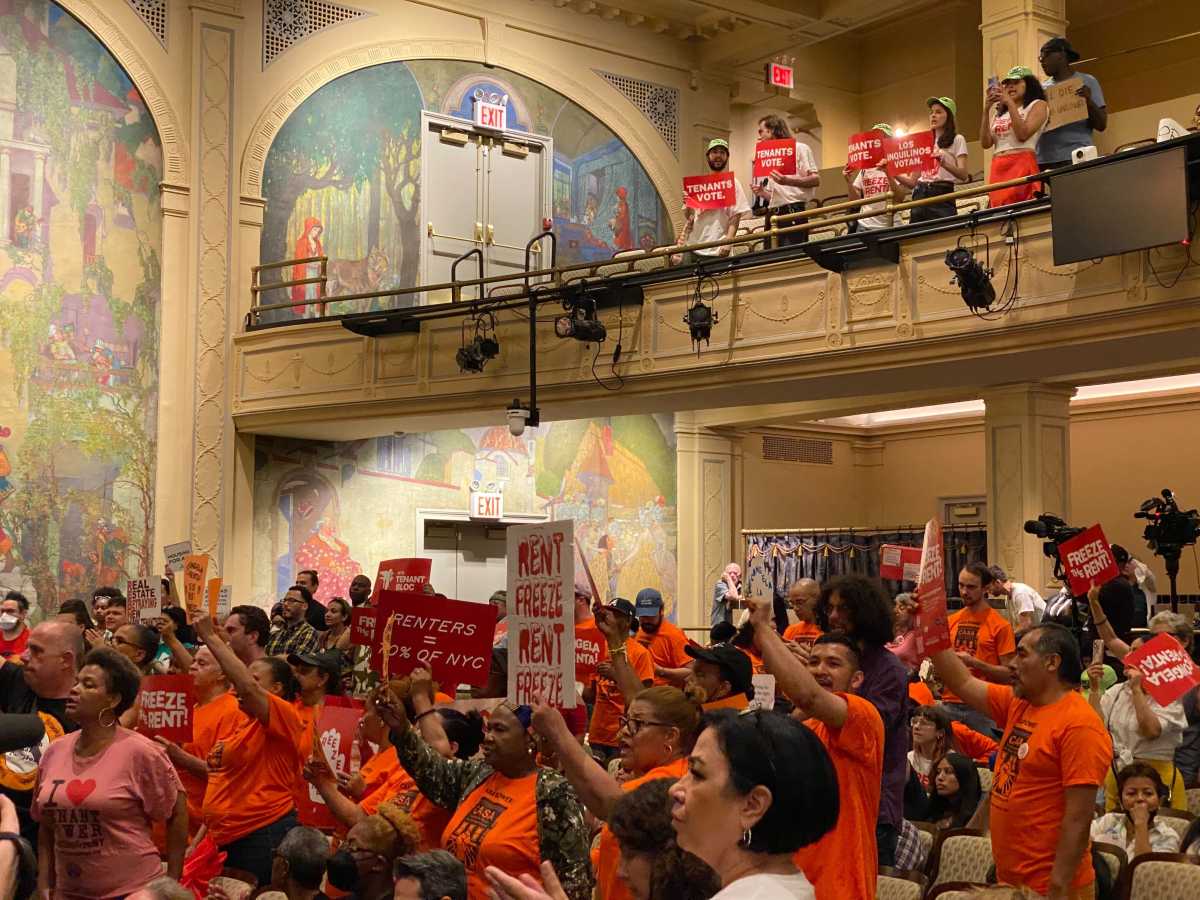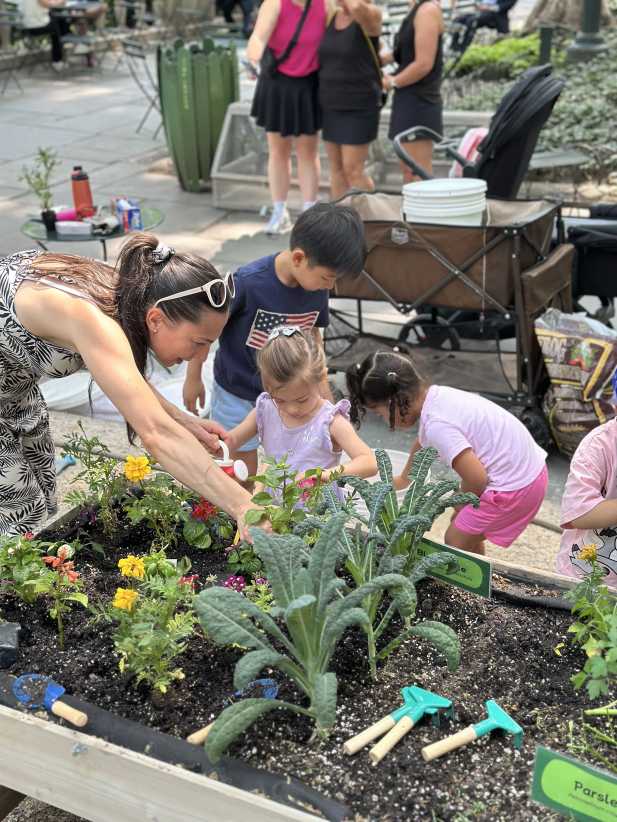One of the current forms of wine snobbery is to refer to yourself as a member of “The ABC Club”: Anything But Chardonnay. When you press one of these people for an explanation and ask why they won’t drink a Blanc de Blancs Champagne or a White Burgundy, both made from 100% Chardonnay, they’ll usually say: “Oh, not those. I mean California Chardonnay.” Chardonnay from California can come in many styles, levels of dryness and alcoholic strengths, and many of them are not to my taste or yours, but to write off all of the Chardonnay produced in California seems to show an arrogance that is not supported by the facts. Chardonnay is a member of the Vitis Vinifera family of grapes, which is believed to have evolved about 4,000 years ago in the area now called Iran. The name Vitis Vinifera is Latin for “the vine that bears wine”, and almost all of the wine made today is made from grapes of this family. Chardonnay can be traced back to Burgundy, in France. record books dating back to the Middle Ages still survive for many of the vineyards there, chronicling the hundreds of years of experimentation with hundreds of vines. Over time, the Burgundians came to realize that the white grape that did best in their cool climate and made the best tasting wine was Chardonnay. While its early bud break made it susceptible to late spring frosts, the high yield per acre, the rich flavor and the amount of alcohol in wine made from Chardonnay made it the winner in the “survival of the most fit” contest. Chardonnay spread farther north, to the chalky soil of Champagne, where it is the only white grape that is allowed by French Law. Chardonnay, at its best, is a vehicle for the unique taste that a vineyard can give to grapes. Chablis tastes different from Puligny–Montrachet, and even the next-door–neighbor vineyards of Le Montrachet and Bâtard Montrachet make wines that can be told apart by an experienced palate. This is what the French call terroir: that sense of “place” that is unique to that particular piece of the earth, and is a vital part of every great wine. Lower yields per acre seem to make wine with more evidence of terroir, rather than a fruity taste. California, like the rest of North America, does not share the long history of grape experimentation that Europe does, and many immigrant grape growers simply planted what they had grown back in the old country. As little as fifty years ago there were fewer than 500 acres of Chardonnay planted in all of California. Today there are more than 100,000 acres, centered mainly in Napa, Sonoma and Monterrey Counties. Much of the credit for the explosive growth of Chardonnay in California goes to the late Professor Harold P. Olmo. Dr. Olmo developed more than 30 grape varieties and was responsible for improving many more. He came up with a clone of Chardonnay with a larger and tighter bunch than was currently being planted, and which produced better yields in warmer climates. These grapes made a full flavored wine with high alcohol content, and wine drinkers began to take notice. Former Ambassador James Zellerbach and his wife, fans of the wines of Burgundy, planted their first vineyard with Pinot Noir and Chardonnay in 1953, establishing Hanzell Vineyards in Sonoma. He imported new French oak barrels, much to the amusement of many old timers who made their wines in huge redwood vats. He knew that the best wines from Burgundy were made in oak and spent time maturing in oak, taking on some of the vanilla flavors from the wood. The stony, mountainside soil, the low yields from the vines and the use of oak brought out an exceptional wine that attracted more and more attention. A model for the future was created. Most winemakers who use Chardonnay in California use oak in one form or another. New French oak barrels can coast between $600 and $700 each, which must be passed on to the consumer, driving up the price of the wine. Realizing that most wine drinkers who drink California Chardonnay want the distinct taste of oak in their wine,many cost-conscious wineries actually flavor their wines with oak chips. However, that toasty, vanilla aroma and flavor can, and often is, used to mask inferior wine, and can end up masking whatever sense of terroir there may have been in the wine. The buttery, creamy notes that most California Chardonnays share come from a second fermentation, Malolactic Fermentation. Called “Malo” for short, this process uses bacteria to convert Malic acid (from the Latin Malo for apple) into Lactic Acid, lower in overall acidity. Warm climate Chardonnay takes well to this step, much more so than Riesling or Chemin Blanc, for example. Next week, we’ll talk more about Chardonnay, California Style.
























